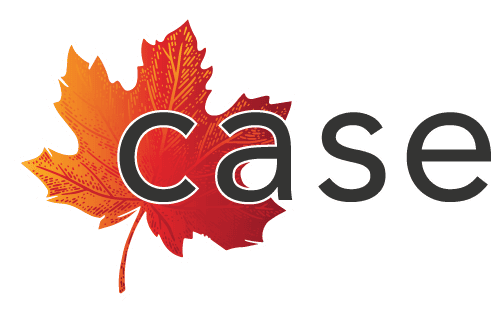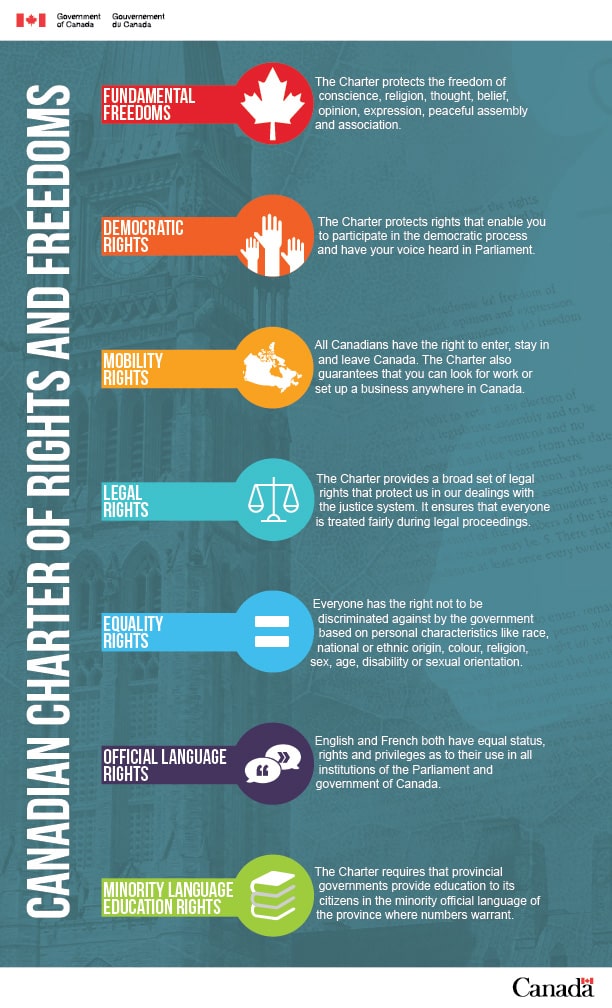Canadian Charter of Rights and Freedoms
Publisher: Government of Canada > Department of Justice
Topics: Compliance-Legislation
Year published: 1982
Type of resource: Website
The Canadian Charter of Rights and Freedoms (the Charter) protects basic rights and freedoms that are essential to keeping Canada a free and democratic society. It ensures that the government, or anyone acting on its behalf, doesn’t take away or interfere with these rights or freedoms unreasonably. It is a powerful force for progress, protection, compassion and fairness with the power to influence our society by interpreting laws and policies.
Susan Eldridge, John Warren, and Linda Warren were born deaf. They preferred to communicate through sign language. While provincial law provided funding for medically required services, no funding was available for sign language interpreters. They argued that this infringed their equality rights.
The Charter has shaped our past but it will also shape our future. Since 1982, it has been an essential part of Canada’s democracy and will continue to shape our identity as a nation. The Charter affirms that we are a multicultural country and that the Charter must always be read and understood with this in mind. It also protect the rights of Indigenous people in Canada (First Nation, Inuit, and Métis). Section 35 of the Constitution, which is separate from the Charter, recognizes and affirms Aboriginal peoples and the treaty rights of Aboriginal peoples.
Example of how the Charter of Rights and Freedoms was used to ensure equality for people with disabilities:
“The Supreme Court agreed, concluding that their equality rights were infringed because they were denied the equal benefit of access to medical care based on their disability. Without sign language interpreters, people who are deaf would not be able to effectively communicate with their doctors, which increases the risk of misdiagnosis and ineffective treatment.
The case shows that equality does not necessarily mean identical treatment for everybody. In certain cases, disadvantaged groups may need more services or programs. Governments, employers and service providers need to consider the need to eliminate barriers to allow for the full participation of persons with disabilities in Canadian society.
Read more about this case here: Eldridge v. British Columbia (Attorney General), [1997] 3 SCR 624.”
Access the Charter here: Canadian Charter of Rights and Freedoms.


